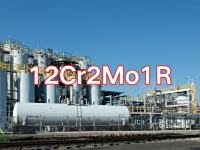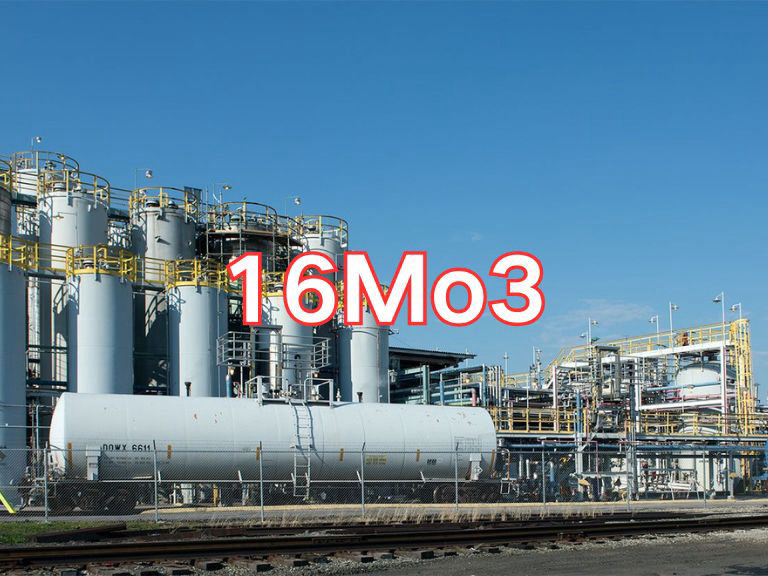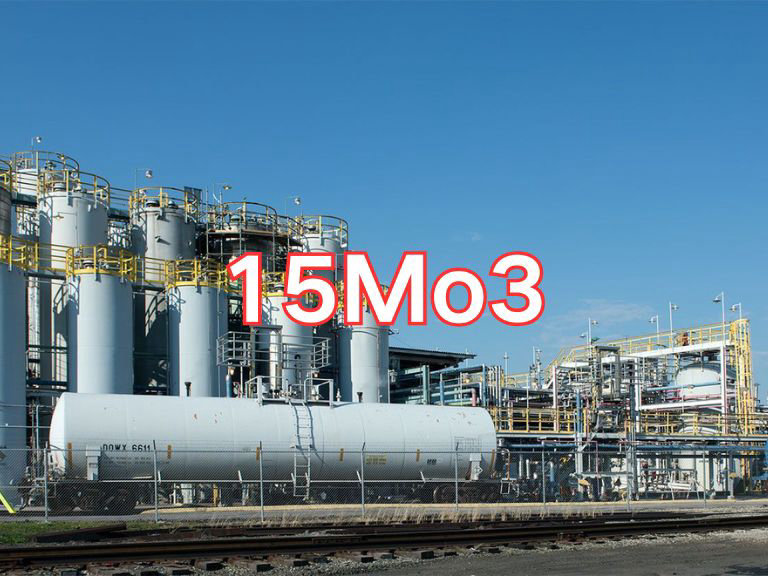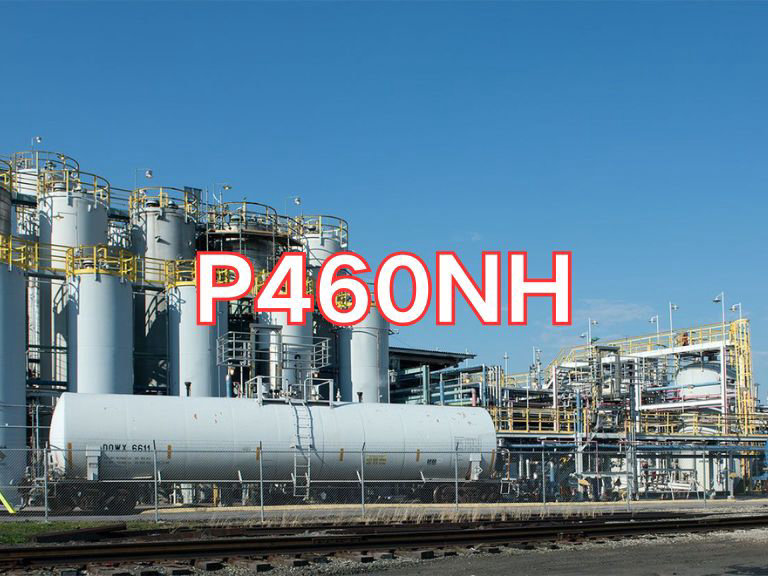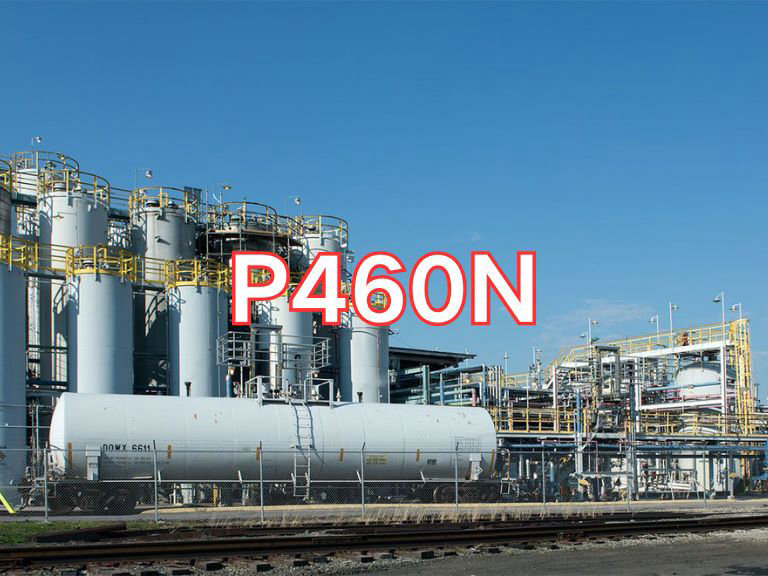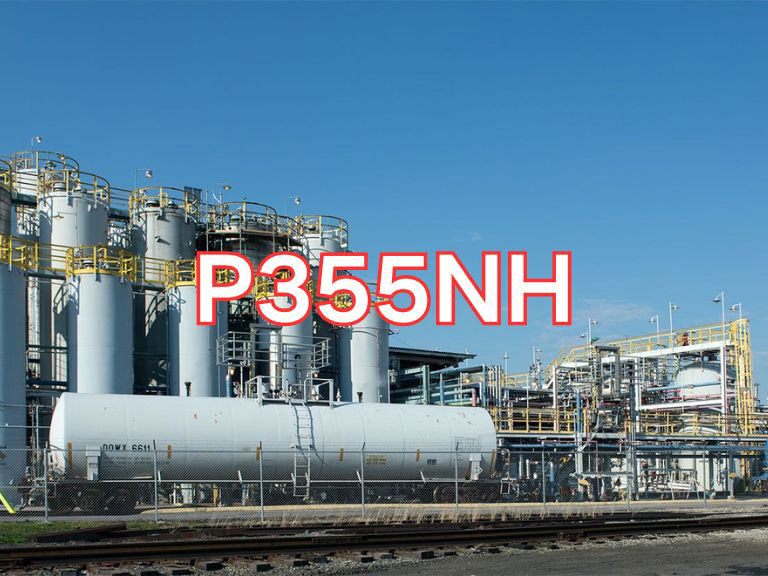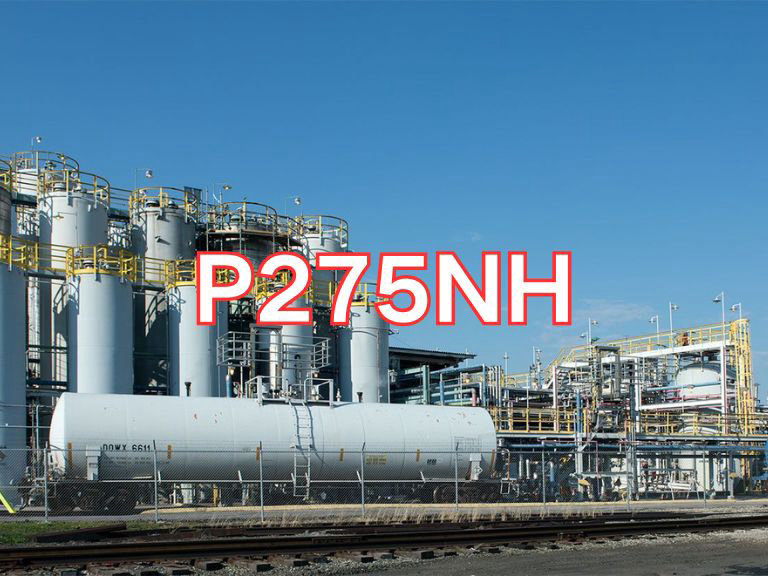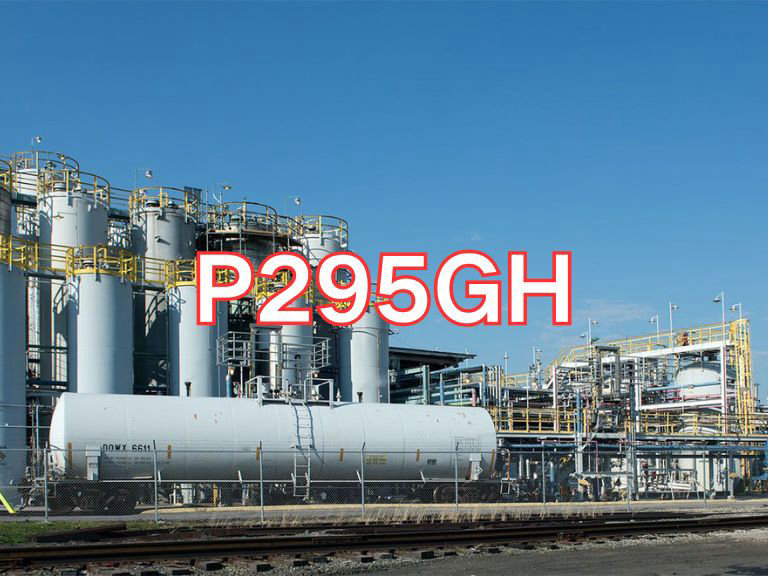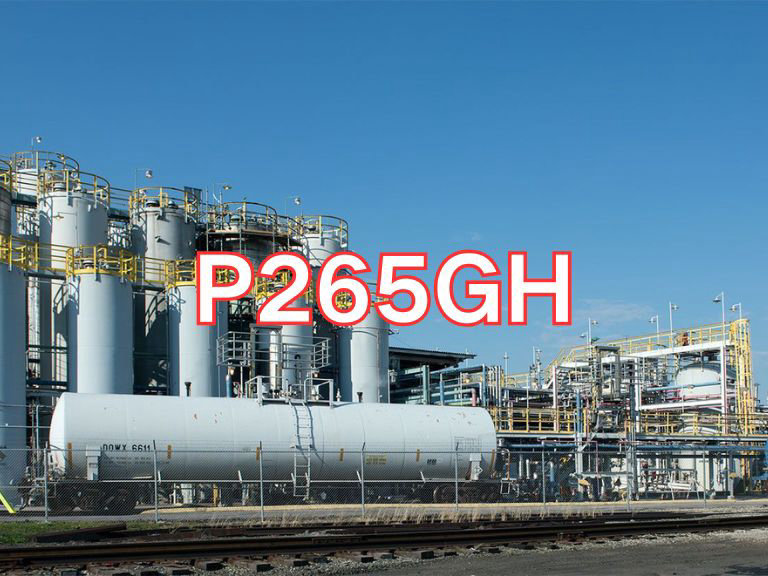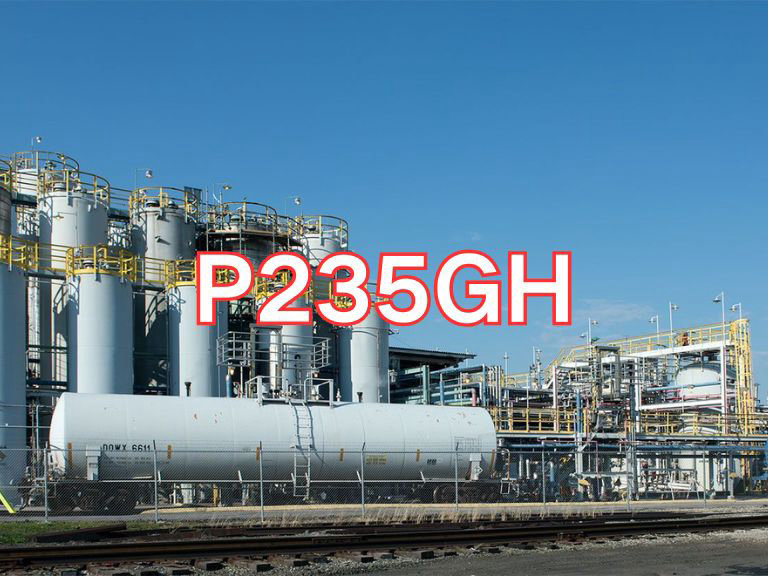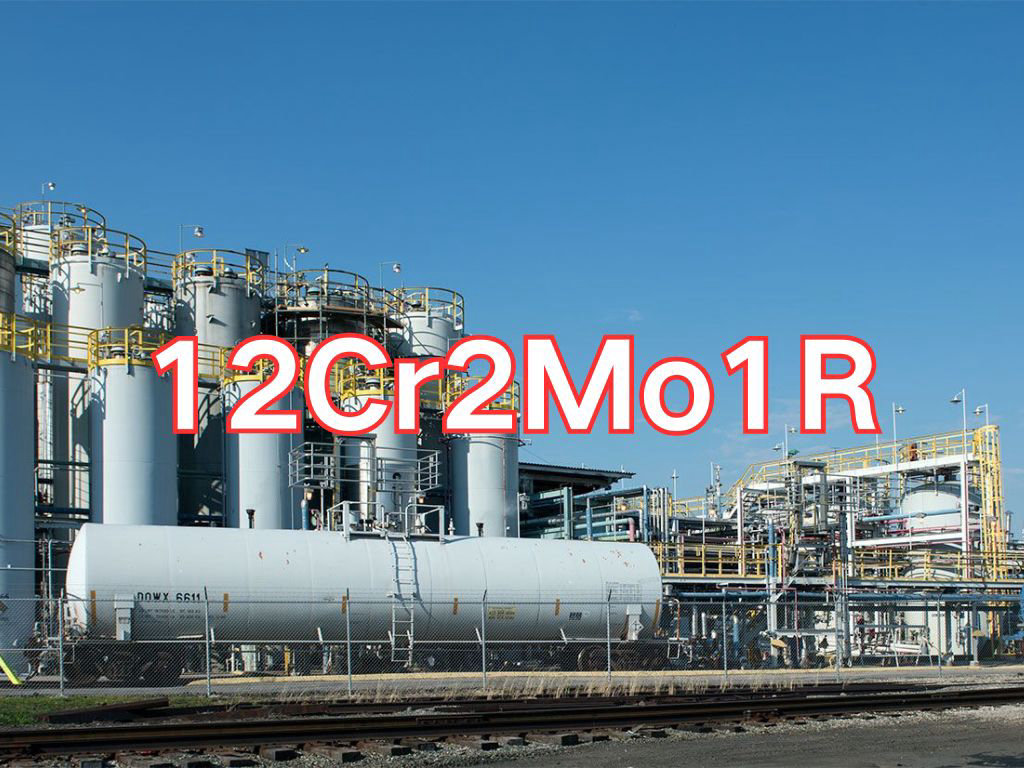

12Cr2Mo1R
12Cr2Mo1R is a medium-carbon chromium-molybdenum alloy heat-resistant steel belonging to the bainitic heat-resistant steel category. It is specifically designed for welded pressure vessels operating under high-temperature, high-pressure, and hydrogen-exposed conditions over long service periods, offering excellent elevated-temperature strength, resistance to hydrogen attack, and microstructural stability.
The grade designation has a clear technical meaning:
- "12" indicates an average carbon content of approximately 0.12% (by weight), providing sufficient strength while maintaining good toughness and weldability;
- "Cr2" means the chromium content is about 2.0%–2.50% (by weight), which significantly enhances oxidation resistance, corrosion resistance, and high-temperature stability;
- "Mo1" refers to molybdenum content in the range of 0.90%–1.10%, a key element that improves high-temperature creep strength and resistance to temper embrittlement, effectively reinforcing the matrix even above 500°C;
- "R" stands for "Rong" (Chinese pinyin for "vessel"), indicating its use in pressure equipment.
Therefore, 12Cr2Mo1R denotes a specialized chromium-molybdenum heat-resistant steel plate with ~0.12% carbon, ~2% chromium, and ~1% molybdenum.
This steel plate is widely used in critical high-temperature pressure equipment within petrochemical, coal chemical, hydrotreating, and hydrocracking units, such as hydroprocessing reactors, hot high-pressure separators, heat exchanger shells, and high-temperature piping. Its typical service temperature ranges from -20°C to 565°C, making it particularly suitable for components subjected to prolonged exposure to high temperature, high pressure, and hydrogen environments. It serves as a core structural material in modern oil refining and heavy oil hydrotreating facilities. Key features of 12Cr2Mo1R include: yield strength ≥280 MPa, tensile strength 450–600 MPa, and excellent overall mechanical properties; outstanding creep resistance, stress relaxation resistance, and microstructural stability at elevated temperatures; enhanced resistance to hydrogen damage (e.g., hydrogen blistering, hydrogen embrittlement) and high-temperature oxidation due to the synergistic effect of high chromium and molybdenum content; and uniform bainite or tempered bainite microstructure achieved through normalizing + tempering or quenching + tempering heat treatments, ensuring good weldability and responsiveness to post-weld heat treatment (PWHT).
Currently, 12Cr2Mo1R is manufactured and inspected in accordance with the Chinese national standard GB/T 713-2014 Steel Plates for Boilers and Pressure Vessels. Published and implemented in 2014, this standard replaced GB 713-2008 and introduced stricter requirements on chemical composition, mechanical properties, impact toughness, ultrasonic testing, and thickness-direction properties. It is one of the core standards in China’s boiler and pressure vessel industry. As a primary material for high-end hydrogen-exposed equipment, 12Cr2Mo1R has achieved large-scale domestic production and is widely applied in critical components such as large-scale hydroprocessing reactors, strongly supporting the independent development of China’s energy and chemical processing equipment.

Ultrasonic Testing (UT)
A key non-destructive testing technique that uses high-frequency sound waves to detect internal flaws in steel plates. The probe emits sound waves, which reflect when encountering defects such as cracks or inclusions. The receiver captures the echoes, enabling precise determination of defect location and size. With high sensitivity, strong penetration, and fast inspection speed, UT effectively ensures internal quality, widely used in the production of heavy plates, pressure vessel plates, and other high-end products to guarantee safety and reliability.

Magnetic Particle Testing (MT)
A common surface inspection method that magnetizes the workpiece, causing leakage magnetic fields at surface or near-surface defects like cracks or inclusions, which attract magnetic particles to form visible indications. Simple to operate and highly sensitive, MT is suitable for rapid inspection of surface and near-surface flaws in ferromagnetic materials, widely used for online or offline inspection of plate edges, ends, and welds, ensuring product quality and safety.

Penetrant Testing (PT)
A non-destructive method for detecting surface-breaking flaws. A penetrant liquid is applied to the cleaned steel surface, allowing it to seep into defects such as cracks or pores. After removing excess penetrant, a developer is applied, causing the trapped penetrant to bleed out and form visible indications. Simple and cost-effective, PT is suitable for inspecting surface defects in various non-porous materials, commonly used for welds, castings, and complex components, effectively ensuring surface quality of steel plates.

